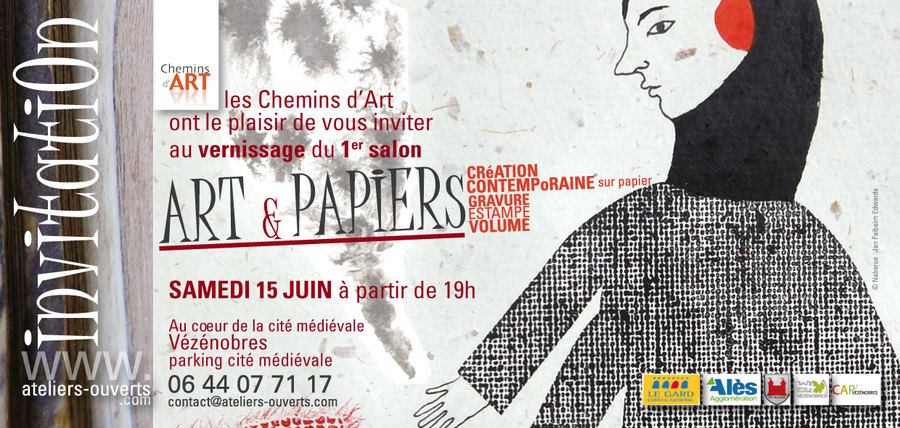

Strunz, using the letters of Strzemiński’s alphabet created in the 1930s, put together the word Zeittraum, That outlines the space of the exhibition.Īfterimages of Life. Thanks to her intervention in the shape of the architecture of the exhibition we are given a new commentary to the works of Strzemiński.

Art is not a creation separated from reality but functions within it and results from it.īroadening the field of interpretation of Strzemiński’s works, the curators invited a German artist, Katja Strunz, who re-works the theme of avant-garde in her own work, to cooperate in creating the exhibition. Art then, according to Strzemiński should discover essential elements of life and create their artistic counterparts. Strzemiński was deeply convinced that art has the right to participate in life and life has the right to participate in art. The second part of the title: Władysław Strzemiński and Rights for Art refers to the artist’s deliberations on the „right” to which he devoted a large part of his research. This was some phenomena discovered in painting can be applied in everyday life, interior design, or even urban planning design. from painting onto sculpture, from sculpture onto architecture, from architecture onto life. It can thus be said that the overlapping of images makes it possible to transfer visual elements from one area onto the other, e.g. This is why the eye has a possibility of overlapping and mixing images: those that are still on the retina, although we do not look at them anymore, and those we see in real time.


What are „afterimages”, the key notion to Strzemiński’s theory of seeing? Physiologically speaking, retina retains the object for a longer time than the moment of seeing the ting actually lasts: it remembers the image although the gaze has already. Today, his attitude is generally interpreted solely in historical context but the questions to which he tried to find answers – what laws govern art, what are art’s rights, can art be separated from life and to what extent can art influence life – seem to be topical still. The multi-layered activities of Strzemiński aimed not only at transforming of the so-called high art – painting, sculpture, architecture – but also at transforming the broadly-understood design, which would eventually lead to transformation of men’s surroundings and their lives. Its objective is the re-interpretation of Władysław Strzemiński’s works and placing them in the context of contemporary world. Afterimages of Life is the first monographic exhibition of the artist in the period of the last 17 years. He is also a crucial figure for the Muzeum Sztuki in Lodz: it is thanks to his efforts that the International Collection of Modern Art of the “a.r” group was created and marked the beginnings of the institution. Władysław Strzemiński is an iconic figure, one of the most radical artists connected with the inter-war avant-garde movement in Poland. Elle se basera sur le principe d’une déambulation orientée depuis la périphérie de l’espace pour se diriger vers son cœur, visant à mettre en œuvre « une expérience physique de l’exposition. La scénographie de l’exposition tissera un fil d’ariane autour de ce questionnement sur le visible et sa représentation. Elles rendront compte de leur relation particulière au monde de l’image, exprimée par des procédés plastiques variés. Pour leur exposition au musée des Beaux-Arts de Dole, ils présenteront une soixantaine d’œuvres récentes parcourant les thématiques de leur production (nus, scènes de genre, paysage). Ils ont remporté le 11 e Prix Fondation d’Entreprise Ricard en 2009. Ils ont pris part à des expositions collectives telles que La Force de L’Art à Paris en 2005 ou The Freak Show au Musée d’art contemporain de Lyon (2007, reprise l’année suivante au Musée de la Monnaie de Paris). Ida Tursic et Wilfried Mille ont fait l’objet de plusieurs expositions monographiques.


 0 kommentar(er)
0 kommentar(er)
